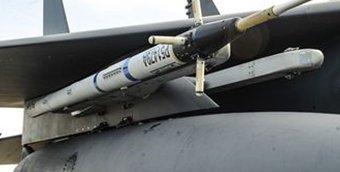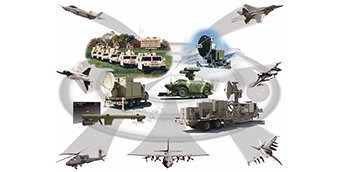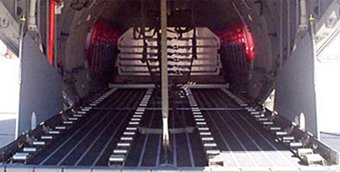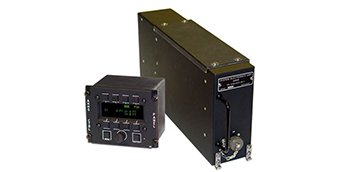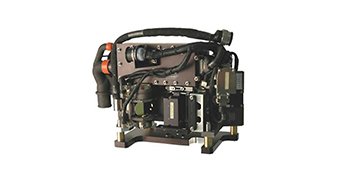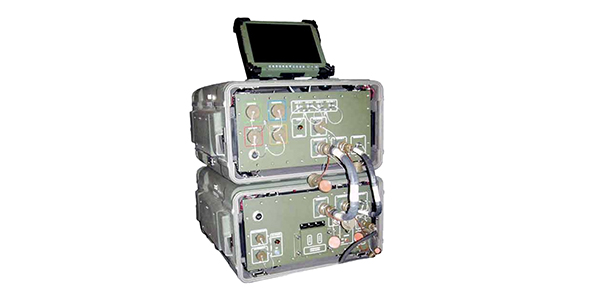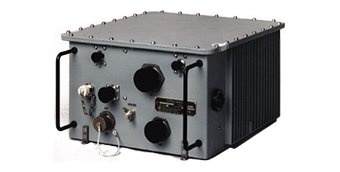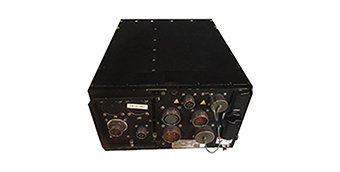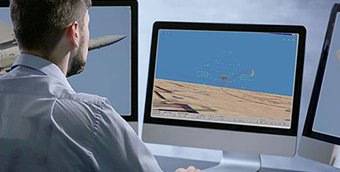Automatic Deployable Flight Recorder (ADFR)
The ADFR is a combined cockpit voice, flight data, data link and image recorder and Emergency Locator Transmitter (ELT). The ADFR is Leonardo DRS’ response to ICAO Global Aeronautical Distress & Safety System (GADSS) requirements for Distress Tracking and Timely Recovery of Flight Data.
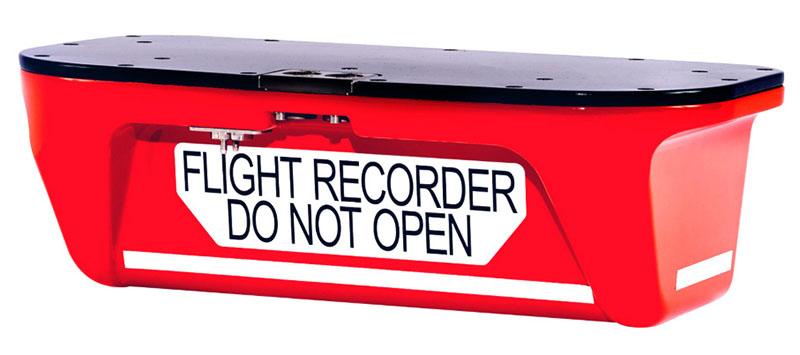
A GADSS Compliant Solution
- Provide timely detection of a downed aircraft to Search and Rescue (SAR) authorities
- Provide timely, accurate location of end of flight and post-flight Homing
- Support effective and efficient SAR operations to rescue passengers
- Enable timely retrieval of flight recorder data in all crash scenarios
- Recover flight data without the need for underwater recovery
Combines Everything Into One Box
- Flight Data Recorder (FDR) – records last 25 hours of data
- Cockpit Voice Recorder (CVR) – records last 25 hours of audio
- Flight Crew-Machine Interface (FCMI) – records last two hours of FCMI (optional)
- Emergency Locator Transmitter (ELT) – 406 and 121.5 MHz signals with autonomous Global Navigation Satellite System (GNSS) position encoding
- All housed in a single, crash survivable Automatic Deployable Flight Recorder (ADFR)
ADFR Systems are Crash-Protected
- ED-112A minimum operational performance specification for crash protected airborne recorder system
- Federal Aviation Administration Technical Standard Orders (TSOs) – CVR: TSO-C123c / FDR: TSO-C124c / ELT: TSO-C126b – 406 MHz
- European Aviation Safety Agency (EASA): CAT.GEN.MPA.210 ‘Location of an aircraft in distress – Aeroplanes’
Designed to Provide Added Survivability and Recoverability
- Maximize data survival with dual-combi recorder installation
- ADFR provides all of the data, all of the time
- Avoids direct impact forces and fire intensity
- Avoids being ensnared within wreckage
- Quickly recoverable in all crash scenarios (land / water / remote locations)
- Floats on water indefinitely – no underwater recovery
- Invaluable for Polar route and free flight incidents
- Immediate localization of aircraft and survivors
Deployable Flight Incident Recorder Set (DFIRS) 2100
Receive instantaneous alert and accurate location of a downed aircraft.
The DFIRS 2100 is a combined flight data recorder (FDR), cockpit voice recorder (CVR) and emergency locator transmitter (ELT) designed to provide instantaneous alert and accurate location of a downed aircraft, assist in the speedy rescue of survivors, aid in the recovery of the aircraft and assure timely recovery of vital accident investigation data.
In the event of an accident, the beacon airfoil unit is automatically triggered by on-board sensors, launching it from the platform, and emitting a distress signal as well as the aircraft’s last-known latitude and longitude. From there, it floats indefinitely, making it easier for rescuers to find survivors quickly.
The Combined CVR, FDR and ELT is used in a deployable, crash-survivable airfoil that can be installed on helicopters, fixed-wing and fast-jet aircraft.
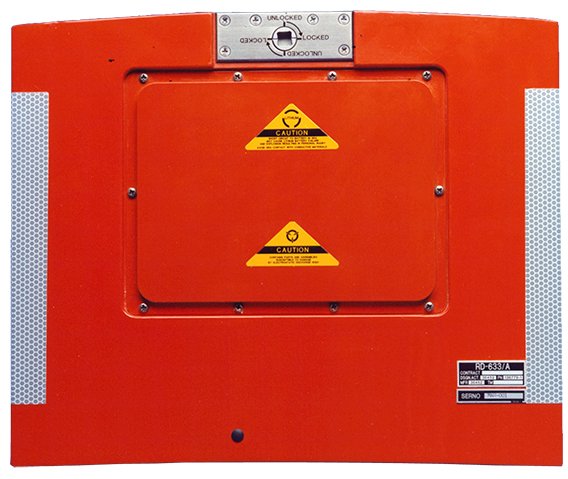
Aircraft Monitoring Unit (AMU)
Acquire and process a diverse mix of analog, discrete, digital and audio signals
In order to meet current and expected future avionics recording requirements, the AMU acquires and processes a diverse mix of signals and supports several digital I/O formats including MIL-STD-1553B, ARINC-429, ARINC-717 and high-speed RS-22. The AMU can also output data to multiple recording devices for dual-combined recorder installations.
The AMU is modular in design and can be configured and upgraded as needed. A maintenance port provides the ability to upload new application software, new configuration tables, exceedance monitoring software, view the maintenance log and run test software. Its unique signal acquisition software allows data I/O processing to be customized to meet the specific needs of the operator, without any need for special interface cards. The user can also set up additional events to monitor avionics, engines, fuel flow and other dynamic and structural components.
Related Products
Related News
Contact
Naval Electronics
500 Palladium Drive, Suite 1100
Kanata, ON, Canada
K2V 1C2
For any further information
